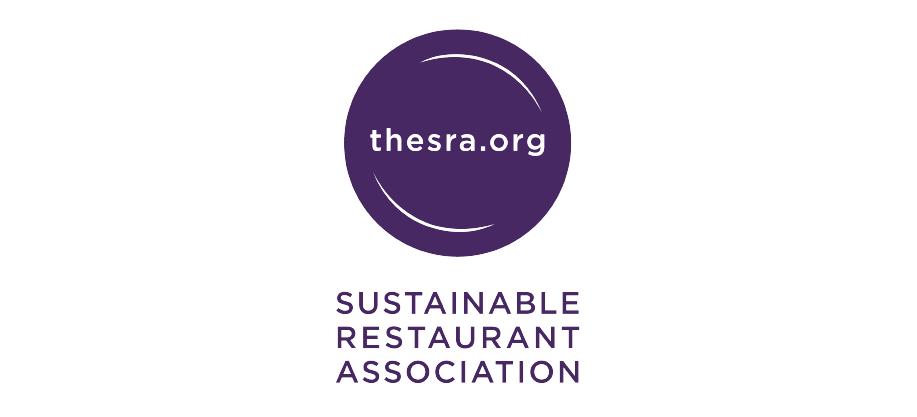Sourcing Spotlight:
Taking a Closer Look at Salt
6 August 2024
Share this exclusive content from Saladplate
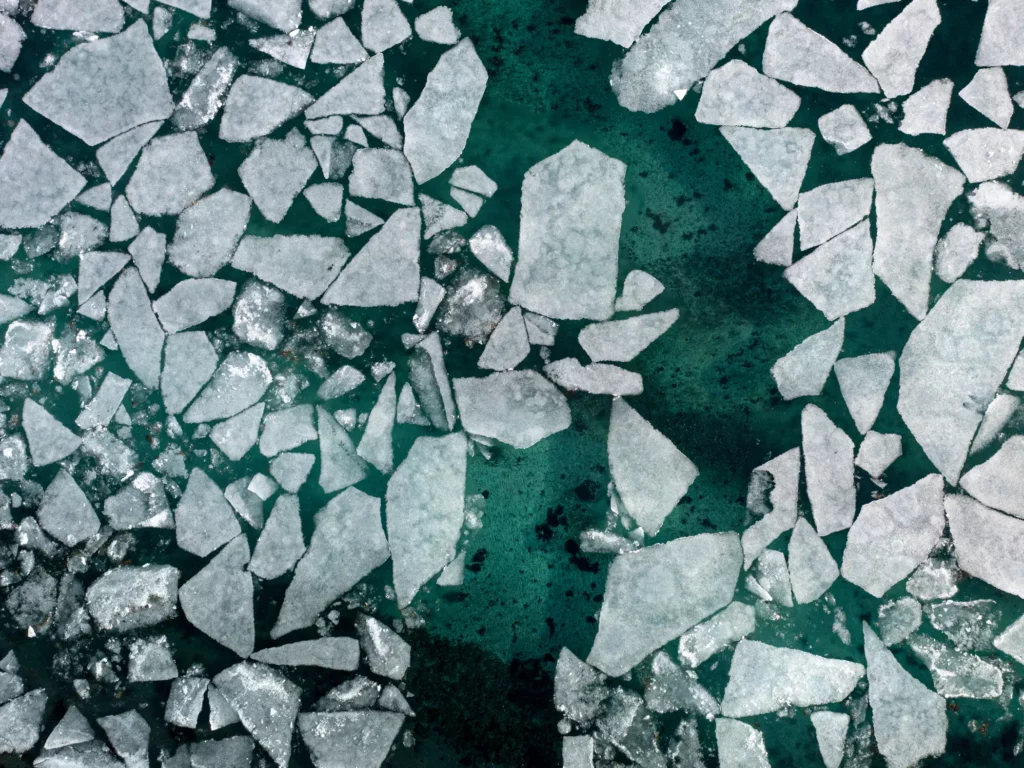
UBIQUITOUS IN COOKING AND CRITICAL FOR BRINGING FLAVOUR TO OUR FOOD, SALT IS ARGUABLY THE MOST IMPORTANT INGREDIENT IN EVERY RESTAURANT KITCHEN – AND YET, COMPARED TO MANY OTHER ITEMS IN YOUR ORDER, IT MAY BE THE ONE TO WHICH YOU GIVE THE LEAST THOUGHT.
In this article, we explore why it’s important to pay attention to the sourcing of your salt, share the fascinating story of indigenous salt production in Bali and highlight key ways you can ensure the salt you buy for your kitchen has a positive impact on both people and planet.

THE SUSTAINABILITY ISSUES IN SALT PRODUCTION
PRODUCTION METHOD
The production method used makes the biggest difference to a salt’s overall impact; salt mining has significantly worse environmental impacts than the solar evaporation of sea salt, for a whole host of reasons. Mining operations often involve significant land disruption and degradation and can require the clearing of forested land. This can lead to habitat destruction, loss of biodiversity and changes in local ecosystems, and reduce carbon sequestration.
As with any mining industry, there is always the risk of collapse – and this carries its own environmental implications. For example, when the Retsof Salt Mine in New York – the largest salt mine in North America, used predominantly for industrial salt applications – collapsed in 1994, two major sinkholes appeared. Both the availability and quality of local water supplies were greatly affected, while the release of hydrogen sulphide and methane gases reduced air quality for locals and sparked several dangerous gas flares. In the years since, subsidence caused by the collapse has continued in residential and commercial areas, and high levels of salination in the groundwater remain a problem in some areas.
There are three main types of mined salt used in food: rock salt (halite) refined for table salt, Himalayan pink salt and kala namak (black salt). If you’re using any of these, it’s particularly important to check the mining method and production credentials.
ENERGY USE
Another significant consideration is energy use, which is also determined by the production method. “The production of sea salt requires enormous amounts of energy,” explains Björn Steinar Jónsson, founder of Saltverk, a sea salt company in Iceland. “In order for salt crystals to form, nearly 90% of the freshwater must be removed from saltwater. Unless a producer is using only the sun and the wind to evaporate the freshwater, the process is inherently using a lot of energy. This is something rarely talked about in the salt industry, but to us, it’s something critically important to consider – salt has become a mainstay of nearly every table in the world.”
IMPACTS ON LOCAL COMMUNITIES
Salt production can be a direct cause of the displacement of communities, while pollution from the industry can also degrade land upon which local and/or indigenous people may rely to earn a living or for subsistence farming.
POOR OR UNFAIR WORKING CONDITIONS
Within salt mines and salt production facilities, workers may face health risks due to exposure to dust, chemicals and hazardous working conditions. Mining salt, particularly, can also cause dizziness, skin problems and iris discolouration.
Furthermore, salt production facilities in particular countries have a history of forced and child labour; one example is Cambodia, where salt fields have long made use of child labour. In other places like Niger and Senegal, children participate in all stages of salt mining – a highly labour-intensive process that includes digging pits, filling and lifting sacks, distilling salt and transporting ore and fuel necessary for operations.
HUMAN HEALTH
A further issue is the levels of microplastics and heavy metal toxins that can be found in salt today. The presence of microplastics in seawater is a direct result of human industry. While heavy metals such as lead are naturally occurring elements, modern pollutants (such as industrial waste and agricultural runoff) have greatly increased the presence of these toxins in salt – potentially to unsafe levels. This is something that that Björn feels should garner greater attention. “Salt companies are aware of these issues, but are often reluctant to share their testing levels publicly because, although levels may fall within legal acceptable ranges, they are often higher than what health recommendations would set,” he says.
HOW CAN THE HOSPITALITY INDUSTRY SOURCE SALT RESPONSIBLY?
When sourcing salt, restaurants should consider a variety of factors to ensure that their choice supports environmental, social and economic sustainability. This requires asking key questions of your suppliers to learn how, where and by whom your salt is produced.
As Björn says, “I think the most important action that hospitality businesses can take is simply to become educated about the salt that they’re using. It’s crucial to understand the social and environmental footprint and make sure that they’re voting for the things they believe in and want to support with their dollars, and purchasing from salt companies whose values align with theirs.”
Here are some areas in which you can take practical action.
1. SOURCE AND PRODUCTION METHODS
- First, look for sustainable harvesting practices. Favour salt produced through solar evaporation, which uses natural processes and typically has a lower environmental impact compared to mining. If you’re sourcing mined salt, ensure that the mining practices minimise environmental disruption and adhere to responsible land management practices.
- Source locally where possible. Buying salt from local or regional producers reduces transportation emissions and supports local economies and communities. “At Potato Head, we prioritise sourcing our ingredients locally – especially salt,” says Chef Albert. “By utilising artisanal salt, we support our local community and preserve Bali’s traditional salt-making techniques. We also share this knowledge within our F&B community, encouraging others in restaurants and hotels to purchase salt from Kusamba, Amed, Tejakula and more.”
2. ENVIRONMENTAL CERTIFICATIONS AND STANDARDS
- Look for third-party certifications. Choosing salt that’s certified by a recognised body – such as the Marine Stewardship Council (MSC) for sea salt, or other relevant environmental standards – can provide peace of mind. This can also include organic certifications for certain salt producers, which indicate adherence to organic production standards.
3. TRANSPARENCY AND TRACEABILITY
- Build a transparent supply chain. As with all ingredients, developing strong, collaborative and long-term relationships with suppliers is important. Ensure that your supplier can provide detailed information about the origin and production methods of the salt. Choose suppliers who maintain traceability throughout their supply chain, from harvesting to packaging.
- Source directly if you can. Sourcing directly from producers where possible is even better, giving you more visibility over production methods.
4. ENVIRONMENTAL IMPACT
- Consider water management. Evaluate how the production process manages water use and ensures it does not contribute to water scarcity or pollution.
- What energy sources are used? Consider the high levels of energy consumption often involved in the salt production process and look for producers who use renewable energy sources or dry the salt naturally in the sun. “One of the major things that allows us to produce salt sustainably, unlike so many others in the industry, is the type of energy that we’re able to use during our production process,” says Björn. “Iceland is a land of abundant energy sources, with most of the island powered by domestically sourced renewable energy. At our production facility in the Westfjords, we use 100% geothermal energy for evaporation, and the rest of our day-to-day energy use comes from other renewable sources. Our entire production process leaves zero carbon footprint with no CO2 or CH4 emissions.”
- How has land use changed? Mining operations for Himalayan salt and other types of rock salt often involve significant land disruption and degradation. This can lead to habitat destruction, loss of biodiversity and changes in local ecosystems.
- Has the operation led to deforestation? In some regions, mining activities may also require forests to be cleared. This contributes to habitat loss and reduces carbon sequestration.
5. SOCIAL RESPONSIBILITY
- Make fair labour practices a priority. Ensure that the salt producers follow fair labour practices, including offering fair wages, providing safe working conditions, and a strict policy of no child or forced labour.
- What is the community impact like? Favour suppliers who engage positively with their local communities, contributing to their social and economic well-being.
6. PACKAGING AND WASTE MANAGEMENT
- Look for eco-friendly packaging. Choose salt that is packaged in recyclable, compostable or minimal packaging, aiming to reduce waste at all stages of the supply chain.
- What are your suppliers’ waste reduction initiatives? Choose suppliers that have programmes in place to reduce waste throughout their production and distribution processes.
7. QUALITY
- Choose natural and unrefined. Unrefined or minimally processed salts, like sea salt, retain more of their natural minerals and typically require less processing, therefore using less energy. They also have more flavour and, depending on the type of salt, can bring unique characteristics to your dishes. “At Potato Head, salt is a key seasoning ingredient,” says Chef Albert. “We use it not only for its flavour but also in our fermentation processes for condiments and R&D. Natural, unbleached salt with a lower sodium content allows us to achieve the mild, nuanced flavours we seek, contrasting with the sharpness of industrial salt.”
- Look for additive-free options. Ensure the salt does not contain unnecessary additives or anti-caking agents that could have additional environmental impacts, contributing to a higher product footprint overall.
- Reward transparency around contamination. Look for suppliers who are open about sharing their testing levels for heavy metals, toxins and microplastics. “At Saltverk, we believe in full transparency, so we share our testing levels with whoever asks,” says Björn. “We have the luxury of pulling our raw product, seawater, from the Arctic Ocean – some of the most pristine waters in the world. This means that our salts have some of the lowest lead/heavy metal content in the industry, with no detectable microplastics.”
A STORY OF SALT: SUPPORTING INDIGENOUS SALT PRODUCTION IN BALI
Albert Susanto is Head Chef in Kaum restaurant at Potato Head, Bali. We spoke to Chef Albert about the island’s heritage methods of salt production and why supporting these traditional practices is part of Potato Head’s sustainability work.
As an island surrounded by the Java Sea to the north and the Indian Ocean to the south, Bali’s varying temperatures and marine environments offer a unique opportunity for diverse salt production. Each village has a different method of harvesting salt, resulting in notable variations in colour, shape and taste. “For instance, Amed is renowned across Indonesia for its high-quality salt, while Desa Les is famous for its beautiful artisanal salt and unique production process,” Chef Albert explains.
In the coastal village of Kusamba, salt makers collect seawater using pairs of buckets carried on bamboo sticks across the shoulders. They pour the water into a large funnel filled with sea sand for initial filtration, allowing the salt to crystallise. The mixture is then transferred into carved palm tree trunks, where more seawater is added to separate the sand from the salt. Within two days, the sun evaporates the water, leaving behind mineral-rich sea salt. The salt is transferred to breathable containers made of palm leaves, from which any remaining moisture can escape.
Meanwhile, in Desa Les, locals employ a different technique. Instead of sea sand, they use soil collected from nearby mountains after river flooding. Renowned Chef Jero Mangku Yudik, who hails from Desa Les, guided the Potato Head team through this process. “Water is drawn by machine to a large pile of soil for purification and crystallisation,” says Chef Albert. “Once crystallised, the salt is moved to land for drying, then into carved palm tree trunks for final filtration and drying.” From start to finish and under favourable weather conditions, the entire process takes around one month. The salt from Desa Les has a unique umami flavour and a natural, darker hue, attributed to its artisanal production method. Chef Jero believes it also contains more minerals due to the use of mountain soil.

Björn Steinar Jónsson, founder of Saltverk

Native Balinese salt producers
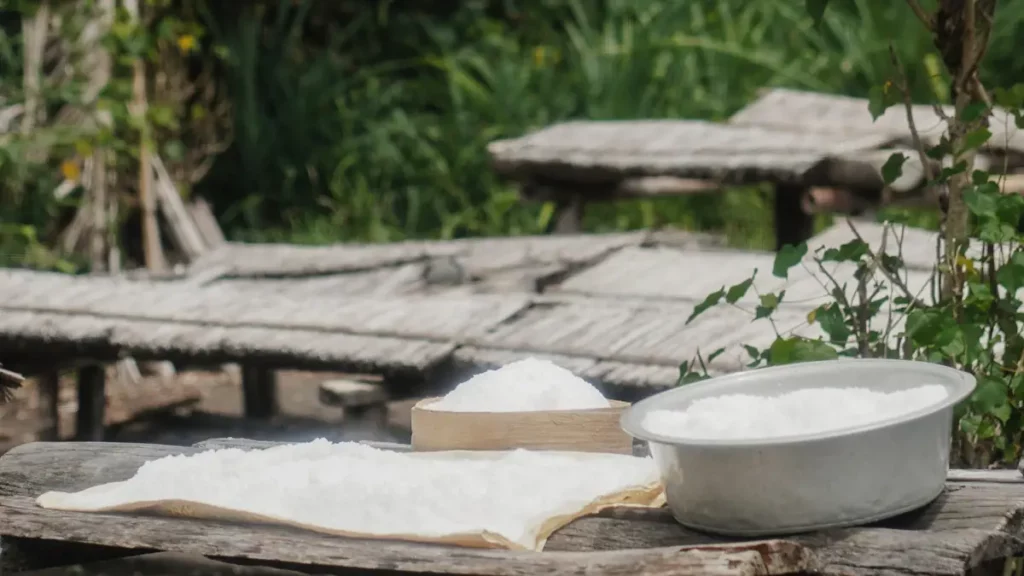
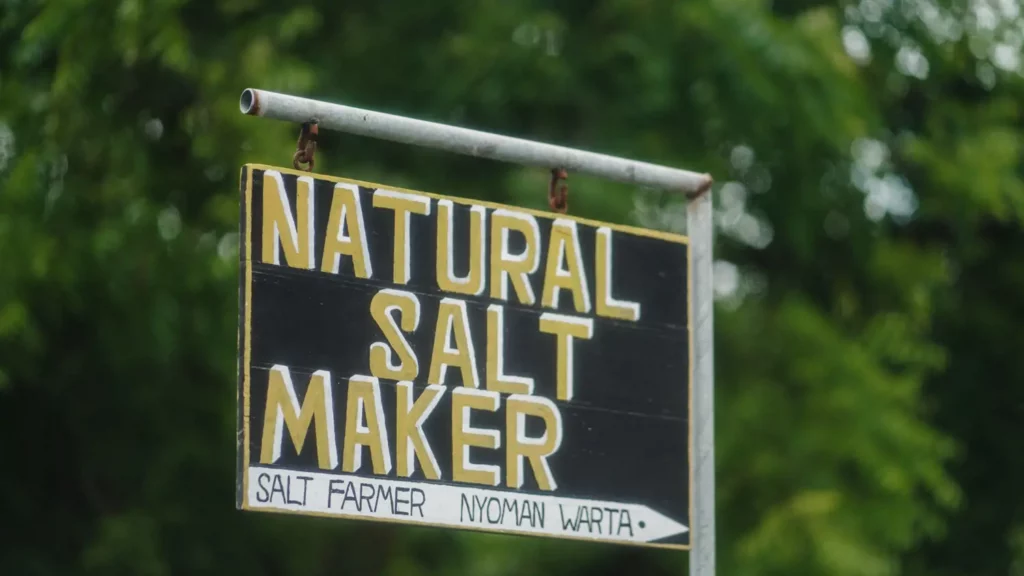
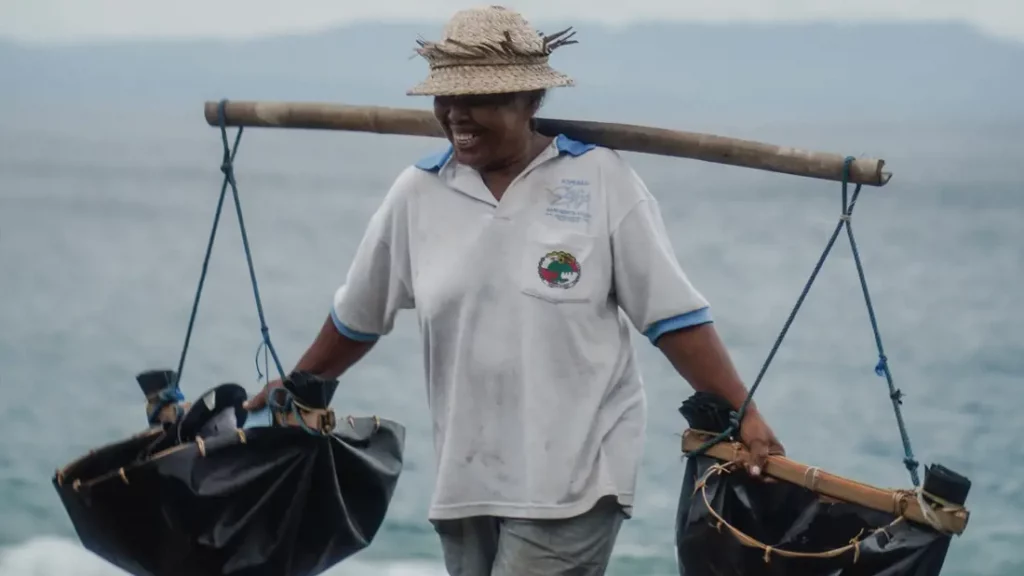
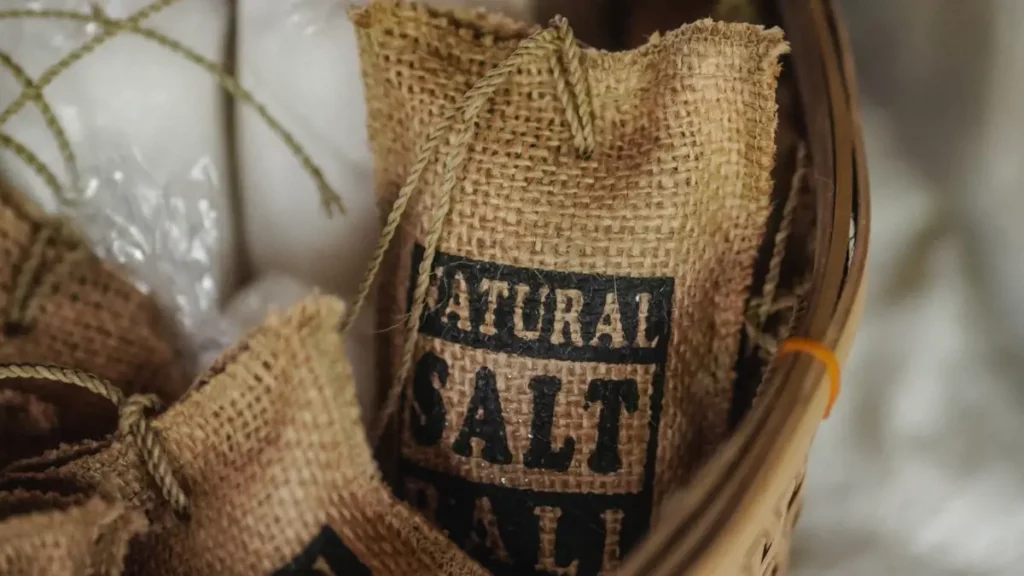
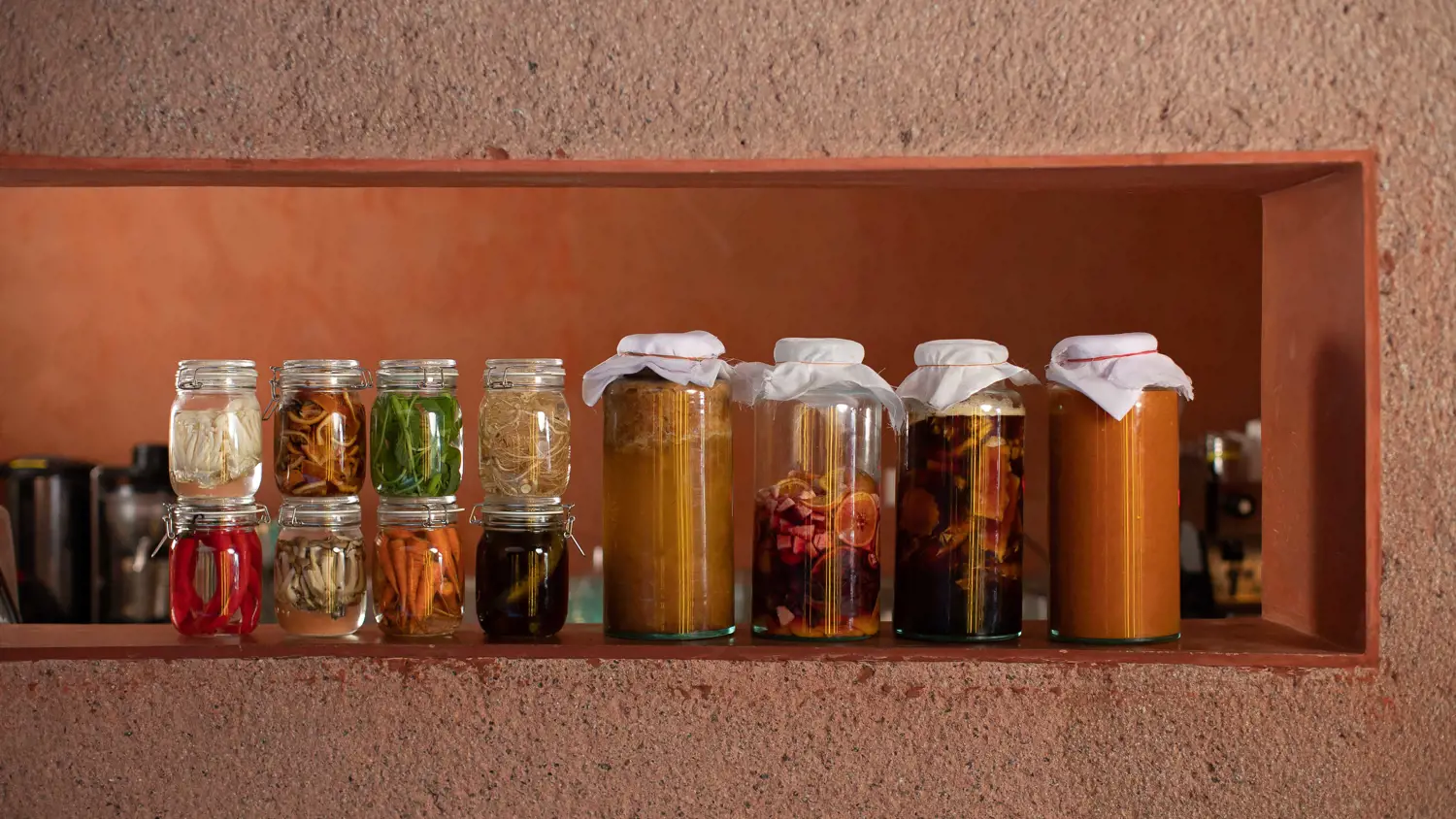
Ferments at Potato Head, Bali, made using local, traditionally-produced salt
Photo credits: The Sustainable Restaurant Association (TSRA)


